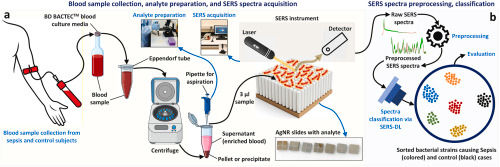Redefining the Figure of Merit for Transparent Metal Thin Films
- Yiping Zhao
- Jul 19, 2021
- 2 min read
The increasing interest in developing high-performance and low-cost flexible optoelectronics devices has led to intense research activities on transparent metallic films (TMFs) which enable electrical conductivity and optical transparency simultaneously under mechanical deformation. Clearly, for a high performance TMF, it is desired that the sheet resistance R to be as small as possible while the transmission T to be close to 100%. The small R requires a thicker and less porous film while the large T imposes that the film thickness shall be small and the porosity should be close to 100%. These two requirements result in a contradictory. Thus, in order to obtain a good TMF, compromise is needed for the values of R and T. However, there lack of suitable models to predict the overall performance of the TMFs. In a paper just published in J. Phys. Chem. C, Prof. Yiping Zhao and his collaborators have conducted a systematic theoretical and experimental studies on the parameters affecting the R and T of silver nanohole arrays and established the empirical relationships for R based on the network resistor model, the Kirchoff’s rules, as well as the thickness dependent resistivity, and transmission T based on the effective medium theory, geometric model, as well as the Beer-Lambert’s law. These empirical relationships not only can fit well with our own experimental results, but also match with the data published in the literature. A general and comprehensive figure of merit (FOM) expression for TMFs is obtained. The observed empirical models and the FOM expression not only can be used to assess the overall quality of any type of TMFs, but also provide guidance for fabrication. For details, please read “The performance of transparent metallic thin films” (https://doi.org/10.1021/acs.jpcc.1c04832).






Comments